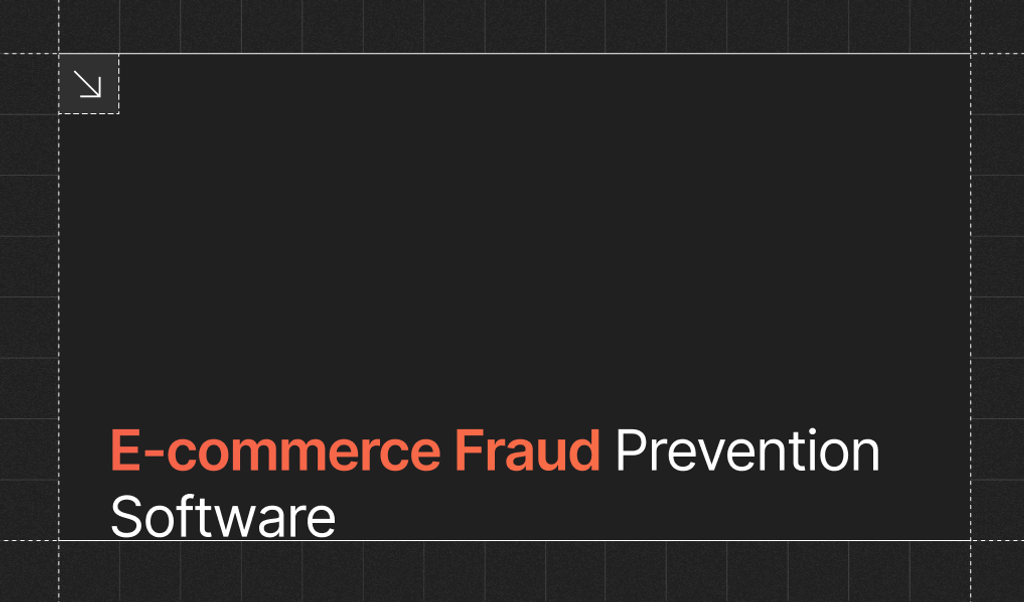
Every eCommerce business encounters various fraudulent attempts, but return fraud is a particularly concerning issue. Incidents spiked after 2021. Most returns are honest, but even long-term customers can take advantage of broken workflows or bugs in the eCommerce system to make a few extra dollars or obtain free merchandise. Fraudsters and legitimate customers alike can take advantage of return errors, resulting in costly losses for eCommerce sites that strive to make the process convenient for customers while trying to reduce fraud.
The National Retail Federation reports that of the $212 billion returns in recent years, 10.7% (about $22.8 billion) are fraudulent. For a small eCommerce store, this can have a significant impact on revenue and cash flow, and could even lead to bankruptcy. Return fraud is a growing problem for online retailers, but there are several ways to combat it.
Types of return fraud
Return fraud occurs when a customer purposely abuses return policies to return an item they never purchased, an item that has been used or manipulated, or due to innocent mistakes from staff, software bugs, or customers. All types of return fraud can impact revenue for online retailers.
Types of return fraud include:
- Free renting: Customers purchase an item, use it once, and then return it. This type of return fraud is also seen in brick-and-mortar stores.
- Opportunistic: Buyers lie about the reason for the return in order to get a replacement or cash back.
- Competitor sabotage: Buyers purchase items from a competitor to limit availability and push customers away, then return the items later for a refund.
- Merchandise fraud: Buyers use multiple accounts to purchase items and return knockoffs or fraudulent items to get their money back.
- Electronics bricking: Buyers strip products of expensive components, then return the item and claim it was non-functional upon arrival.
- Empty box fraud: Buyers claim a seller sent an open box and demand a refund.
- Stolen merchandise returns: Buyers return stolen items in exchange for cash or store credit without a proof of purchase required.
- Cross-seller returns: Buyers buy products at a lower price from one online store and return them to another seller at a higher expense.
- Receipt fraud: Buyers obtain the stolen goods and manufacture a receipt to get a cashback refund.
How businesses can prevent return fraud
For eCommerce businesses, return fraud can be a frustrating challenge. It's not easy to identify fraud in time, so fraud prevention strategies should focus on minimizing its occurrence while considering the impact on customer satisfaction. Combining manual processes with automated security systems is the best way to combat this issue.
Below is a list of preventative measures you can implement online and in-store to avoid return fraud:
Enforce time limits
Implementing a time limit on returns reduces many types of return fraud. For example, competitor sabotage can be eliminated when returns are only honored within 2-4 weeks. You should still leave enough time for legitimate returns from customers who may have issues with their packages, but you can limit the window for a return based on the type of product you sell.
Keep detailed records
Keep thorough records of sales and customer history for payments and returns. If you see an increase in returns from a specific customer, check their history for any suspicious activity. Customer service and other staff should also be trained to identify return fraud based on customer actions on the site. While software can detect most fraud, great strategies include employee training and a human element for any edge cases.
Avoid cash returns
Under no circumstances should any cash returns be a part of business workflows. Some eCommerce stores have brick-and-mortar locations, but returns should go back to the payment method used to purchase merchandise, or customers can opt for a store credit. Check the product before issuing a refund to ensure it’s legitimate and an item the customer purchased from your store.
Update and upkeep your return policy
Keeping a return policy up to date is essential for businesses to avoid exploitation by online fraudsters. Regularly reassessing the return policy to ensure it meets current needs and complies with regulations is key. Revisions should include strengthening the return requirements, such as adding documentation approvals and other measures to better identify potential cyber criminals attempting to return any stolen or unauthorized resold items.. Updating return policies sets clear customer expectations while providing better protection against fraudsters trying to evade return policy rules.
Train your employees
As fraudsters become more sophisticated with their cyberattacks, it is important for business owners to invest the time and resources needed to train their staff and employees on identifying fraudulent returns. Fraudsters will always be attempting to take advantage of return policies; however, if employees are educated on handling these potential fraud scenarios, businesses will be better protected from such occurrences. Training sessions around fraud awareness can arm staff with the information they need to quickly spot fraud trends and take action against fraudsters.
Implement a digital identification system
The primary way to stop return fraud is to verify the identity of customers. A digital identification solution, like Fingerprint, is a crucial digital identity solution to prevent cyberattacks by authenticating users and detecting suspicious behavior. Businesses can prohibit nefarious users from taking action on their site without causing friction in the user experience. This allows businesses to maintain the integrity of their data without disrupting the user experience for genuine customers.
Conclusion
Returns can be a costly burden for eCommerce businesses, as fraudsters and even honest customers can take advantage of errors to get free items or return used items. Millions of dollars are lost to return fraud incidents every year, so managing your return policy is a delicate balance between providing convenience for customers and protecting against fraudulent activities. By taking some of the above precautions, businesses can prevent and reduce return fraud from their customers.



